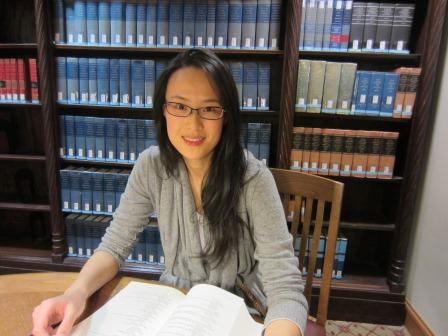A post from our student blogger Sarah Goodman
During the Fall semester our MSPL class has attended several presentations on the Leahy-Smith America Invents Act. This Act was signed into law by President Obama on September 16, 2011. The America Invents Act changes some aspects about patent law in the United States and also includes new material. Most of the changes have already been implemented, and the final modifications will be implemented on March 16, 2013. Presented in this blog post are a couple of the major changes.
One of the best-known adjustments to patent law is the shift from the current First-to-Invent system to a First-Inventor-to-File system. This change will come into effect on March 16, 2013. This adjustment is based on the change to 35 U.S.C. §102 which states that a U.S. patent will not be granted if “the claimed invention was patented, described in a printed publication, or in public use, on sale, or otherwise available to the public before the effective filing date of the claimed invention.” The filing date of the earliest patent application to which a U.S. patent application claims the benefit of priority is considered the effective filing date. This provision eliminates the legal concept of an “invention date.” It is important to remember that an individual cannot claim inventor status unless that individual actually invented the material claimed in the patent application.
Another important change was implemented on September 16, 2011 concerning the best mode requirement. The best mode is defined as the preferred mode for practicing the invention. The disclosure of the best mode ensures that the inventor fully enables the public to have access to the best method of using the invention. Previously, lack of disclosure of the best mode was a basis to invalidate or cancel an issued U.S. patent. The America Invents Act has modified 35 U.S.C. §282 by removing the lack of a best mode as a rationale for potential U.S. patent invalidity. However, 35 U.S.C. §112, which addresses the requirement for inclusion of the best mode has not been amended. Therefore, patent applicants must still comply with the requirement to disclose the best mode contemplated by the inventor for carrying out the invention.
The Leahy-Smith America Invents Act will affect U.S. patent applications that are filed on or after the dates of specific law implementation. Therefore U.S. patent practitioners will need to have a working knowledge of the laws before and after the new changes of the America Invents Act.

